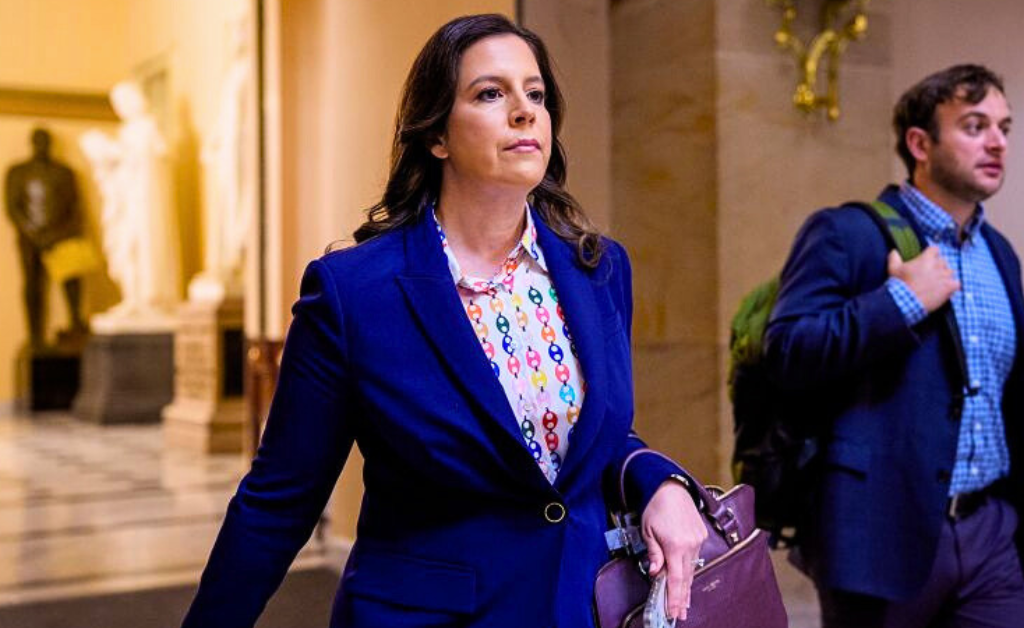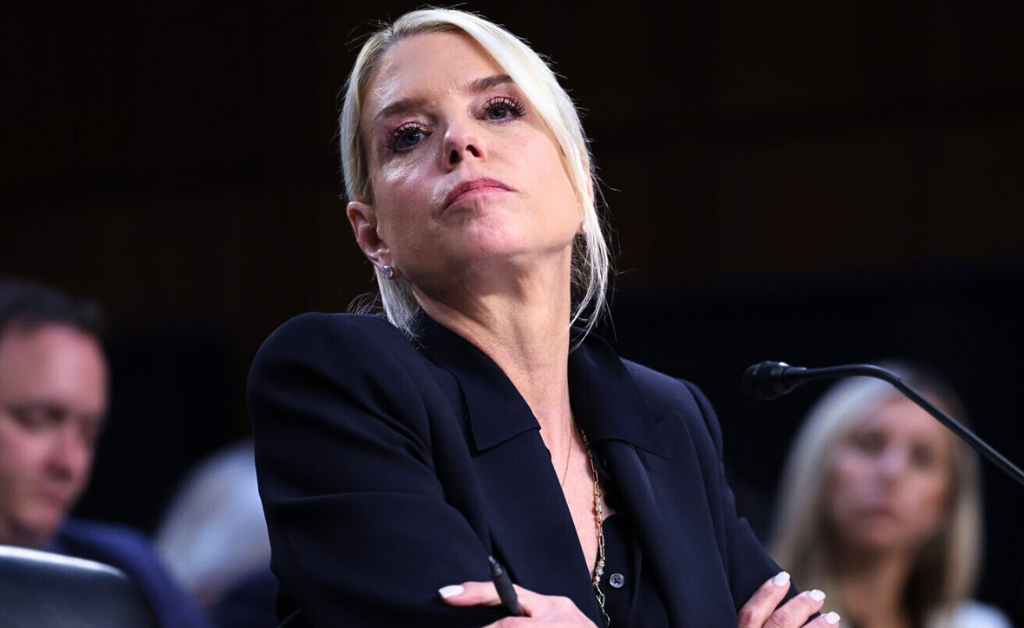- Exro Technologies' U.S. subsidiaries filed Chapter 7 liquidation, jeopardizing Coil Driver tech and partnerships like Stellantis amid assets under $1M.
- Exro's collapse underscores broader EV-sector distress—rising bankruptcies, cash burn, and supply/credit pressures squeezing innovators and suppliers.
In a stark reminder that even the most promising innovations can falter amid economic headwinds, Exro Technologies’ U.S. subsidiaries have filed for Chapter 7 bankruptcy, marking the end of the line for a key player in electric vehicle power electronics.
The Canadian clean-tech firm, once hailed for its adaptive motor control systems, now faces liquidation of its American operations, leaving questions about the future of its patented technologies and partnerships with major automakers like Stellantis.
The FrankNez Media Daily Briefing newsletter provides all the news you need to start your day. Sign up here.
Exro, founded in 2014, specialized in power electronics that aimed to make electric motors more efficient and versatile.
Its flagship Coil Driver technology allows a single EV motor to dynamically reconfigure its coil windings, delivering high torque at low speeds and power at highway velocities without the need for extra gearboxes or multiple motors.
This promised to cut costs and boost efficiency in everything from passenger cars to heavy-duty trucks. The company also developed the Cell Driver for stationary battery storage and the SEA-Drive system for commercial vehicle electrification.
The bankruptcy filings came on October 31, 2025, when Exro Technologies USA, Inc., Exro Vehicle Systems, Inc., SEA Electric, Inc., and SEA Electric, LLC petitioned for protection under Chapter 7 of the U.S. Bankruptcy Code in the U.S. Bankruptcy Court for the District of Delaware (case number 25-11907).
Classified as a “no asset” case, it involves assets between $100,001 and $1 million, liabilities from $10 million to $50 million, and 50 to 99 creditors. A creditors’ meeting is set for December 4, 2025.
Impact: “Non-essential” Staff Gets Cut Amid Initial Closures
This move follows a rapid unraveling over the past year. In September 2024, Exro lifted a non-disclosure agreement with Stellantis, the parent of Dodge, Chrysler, and Jeep, after a 14-month collaboration on Coil Driver applications for passenger vehicles.
The partnership had cleared technical, performance, and cost milestones, earning Exro a finalist spot for Stellantis’ Supplier of the Year award.
“Exro was nominated for its expertise in innovative motor control technology, which significantly enhanced our electrified motor design, improved performance, and reduced costs, demonstrating the commitment to accelerate electric vehicle adoption in the passenger car market,” said Teresa Thiele, Stellantis’ senior vice president of global purchasing programs, in a statement at the time.
But optimism faded quickly. By May 2025, Exro secured a $30 million credit facility for liquidity. In June, it drew $2 million, approved a 2025 operating plan, hired Cantor Fitzgerald as a financial advisor for a strategic review, and planned to wind down Australian subsidiaries to refocus on North America.
Then, on September 8, CEO Sue Ozdemir resigned, with Chris Rankin stepping in as interim CEO and chief restructuring officer. Days later, on September 17, Exro announced it would shutter its U.S. business, cut nonessential staff, and brace for delisting from the Toronto Stock Exchange—a move that materialized by early November.
Analysts had seen red flags. SimplyWall.St noted negative shareholders’ equity, less than a year’s cash runway, earnings down 66.9% annually over five years, and high share price volatility.
MicroAxis pegged Exro’s distress risk above 60%, based on an adjusted Altman Z-Score factoring in balance sheets and cash flows.
The fallout includes a Canadian receiver appointment for Exro and subsidiaries DPM Technologies and Cellex Energy, overseen by the Court of King’s Bench of Alberta at the request of its senior lender.
This Economic Trend is Not Isolated
Exro’s tumble is far from isolated. The automotive sector, particularly EV innovators, has been battered by rising interest rates, supply chain woes, and softening demand.
Corporate bankruptcies have climbed for three straight years, with 2025 already logging high-profile failures in retail, restaurants, and autos.
In the EV space, startups that raised billions on hype have crumbled under cash-burn realities. Take Fisker Inc., the Henrik Fisker-led EV maker. It filed for Chapter 11 in June 2024 after burning through cash on Ocean SUV production.
Assets were listed at $500 million to $1 billion against $100 million to $500 million in liabilities.
“Like other companies in the electric vehicle industry, we have faced various market and macroeconomic headwinds that have impacted our ability to operate efficiently,” Fisker stated.
By mid-April 2024, it had delivered just over 6,400 vehicles, far short of goals, before seeking asset sales.
Lordstown Motors, an Ohio-based electric pickup startup, filed for Chapter 11 in June 2023 amid a dispute with Foxconn over a $170 million investment promise. It accused the Taiwanese giant of “fraud and willful failure” to commit.
The SEC later charged Lordstown with misleading investors on Endurance truck pre-orders, settling for $25.5 million in disgorgement (satisfied via class-action payments).
Reborn as Nu Ride Inc. in March 2024, it continues a lawsuit against Foxconn for allegedly “destroying the business of an American startup.”
Nikola Corp., the hydrogen-electric truck pioneer, sought Chapter 11 in February 2025, planning an asset auction after recalls, leadership churn, and per-truck losses in the hundreds of thousands. CEO Steve Girsky admitted, “Unfortunately, our very best efforts have not been enough to overcome these significant challenges.”
It joins Proterra (2023 bankruptcy, buses and batteries), Arrival (May 2024, UK vans and buses), and Canoo (January 2025, ceasing operations after furloughs and factory idles).
A Web That Unfortunately Affects Everyone in the Industry

Beyond startups, traditional players are hurting. First Brands, an Ohio auto-parts maker, filed Chapter 11 in September 2025 with over $10 billion in liabilities from debt-fueled acquisitions of brakes, filters, and lights.
Its collapse, alongside subprime lender Tricolor’s $1 billion+ Chapter 7 in September 2025 (tied to alleged $200 million loan fraud), has Wall Street scrutinizing credit risks.
Tricolor, a used-car dealer, shuttered amid rising delinquencies—5.1% of U.S. auto loans were 90+ days late by late 2025, nearing 2010 recession highs.
Suppliers like Marelli Holdings filed Chapter 11 in June 2025 to restructure $700 million in debt, blaming Trump-era tariffs and supply instability affecting clients including Stellantis and Nissan.
Car Toys, a 43-year-old auto-parts chain, entered Chapter 11 in August 2025 with sales down 14% year-over-year through July, despite a stable aftermarket (up 1% in H1 2025).
Northvolt AB, the Swedish battery giant, liquidated its U.S. unit in March 2025 after Chapter 11 failed, shifting to Swedish proceedings akin to Chapter 7.
Bankruptcy filings reflect the strain: Chapter 7 cases rose 15% in Q3 2025 over 2024, with total filings up 10% to 423,053.
What’s Next for the Automotive Industry?
Experts like Michael Hunter of Epiq AACER note, “As anticipated, bankruptcy filing volumes continue to climb, even as GDP shows growth and unemployment remains relatively stable.”
Automotive distress extends beyond EVs, hitting parts suppliers like American Tire Distributors, WheelPros, and Accuride in 2024.
For Exro, the path forward is murky. Its Coil Driver—capable of optimizing torque and power by reconfiguring electromagnetics—may attract buyers, but liquidation means court-supervised asset sales.
As one analyst put it, innovation doesn’t guarantee survival in a market squeezed by high rates and competition. Stellantis, ironically, presses on with EV goals, but partners like Exro highlight the risks in the race to electrify.
The sector’s shakeout could clear space for survivors like Rivian, backed by Volkswagen’s $5.8 billion infusion.
Yet with delinquencies climbing and tariffs lingering, 2025’s bankruptcies may just be the opening act.
For now, Exro’s story underscores a brutal truth: In the EV boom, not every bright idea gets to cross the finish line.
Also Read: Experts Now Issue a Stark Recession Warning Amid Ongoing Shutdown













